Difference Between IFSP and IEP for Children
This document explains the key differences between Individualized Family Service Plans (IFSPs) and Individualized Education Programs (IEPs) for children. It provides detailed information on the purpose and components of both plans, making it a valuable resource for parents and educators. Understand how these frameworks support children with disabilities.
Edit, Download, and Sign the Difference Between IFSP and IEP for Children
Form
eSign
Add Annotation
Share Form
How do I fill this out?
To fill out this document, start by gathering relevant information about your child's development and family concerns. Involve professionals such as service coordinators and educators to assess your child's needs. Finally, ensure that all stakeholders share and discuss the outcomes during planning meetings.
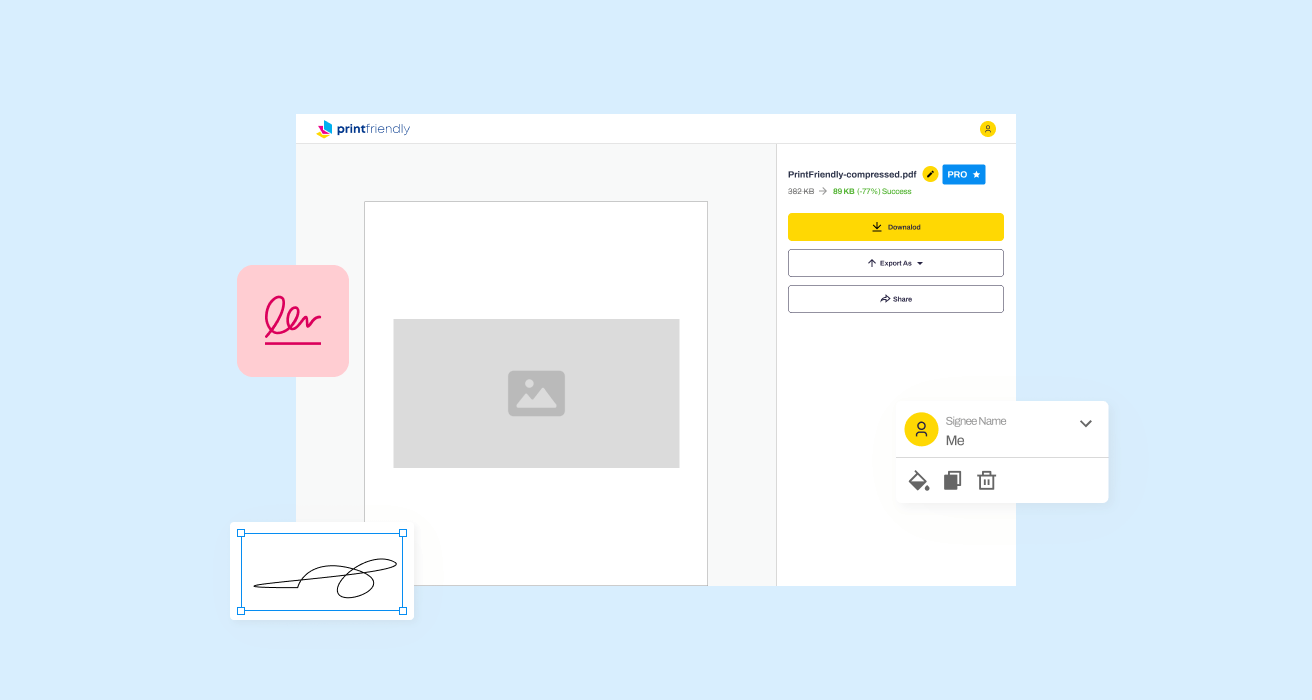
How to fill out the Difference Between IFSP and IEP for Children?
1
Gather all essential information about the child’s development.
2
Assess the child’s needs with professionals.
3
Discuss family concerns in the planning meeting.
4
Define outcomes collaboratively with the team.
5
Review and finalize the IFSP or IEP document.
Who needs the Difference Between IFSP and IEP for Children?
1
Parents of young children with developmental delays need this document to understand early intervention services.
2
Educators who teach children with disabilities require it for creating effective educational plans.
3
Health professionals use it to coordinate care for children participating in early intervention programs.
4
Service coordinators need this information to guide families through the IFSP process.
5
Advocates for children with disabilities leverage it to inform families about their rights and services.
How PrintFriendly Works
At PrintFriendly.com, you can edit, sign, share, and download the Difference Between IFSP and IEP for Children along with hundreds of thousands of other documents. Our platform helps you seamlessly edit PDFs and other documents online. You can edit our large library of pre-existing files and upload your own documents. Managing PDFs has never been easier.

Edit your Difference Between IFSP and IEP for Children online.
Editing this PDF on PrintFriendly is user-friendly and efficient. You can make necessary adjustments to any section directly in the document. Once you’re satisfied with the edits, simply download the updated version.

Add your legally-binding signature.
Signing PDFs on PrintFriendly is straightforward and convenient. You can add your signature electronically to any part of the document. This feature allows you to finalize the document seamlessly without printing it out.
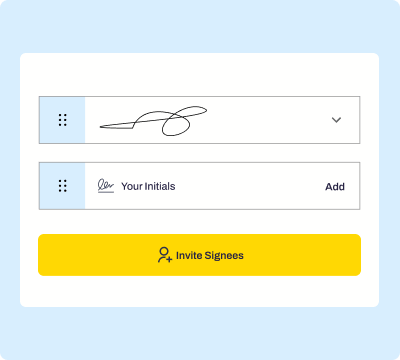
Share your form instantly.
Sharing your PDF on PrintFriendly is made easy with our sharing options. You can quickly send the document to colleagues or family members via email. Alternatively, you can share a download link directly from the platform.
How do I edit the Difference Between IFSP and IEP for Children online?
Editing this PDF on PrintFriendly is user-friendly and efficient. You can make necessary adjustments to any section directly in the document. Once you’re satisfied with the edits, simply download the updated version.
1
Open the PDF in the PrintFriendly editor.
2
Select the text or section you wish to modify.
3
Make your changes directly in the document.
4
Review your edits for accuracy.
5
Download the finalized PDF.

What are the instructions for submitting this form?
To submit this form, please ensure that all fields are filled out accurately. You can email the completed form to the relevant service agency or fax it to the designated number. For online submissions, check the respective agency's website for electronic submission options, and physical copies can be mailed to the specified address. Always keep a copy for your records and follow-up after submission to confirm receipt.
What are the important dates for this form in 2024 and 2025?
When addressing the IFSP and IEP processes, it's important to note key frequently mandated review and update timelines. The first review of an IFSP typically occurs within six months of its initiation. IEPs must be reviewed annually, and parents are encouraged to monitor their child's progress closely to identify any necessary adjustments before these dates.

What is the purpose of this form?
The purpose of this form is to delineate the essential differences between Individualized Family Service Plans (IFSPs) and Individualized Education Programs (IEPs). It serves as a guide for parents and educators, outlining the objectives, procedures, and services associated with each plan. Understanding these distinctions is vital for ensuring that children with disabilities receive the necessary support for their development and education.

Tell me about this form and its components and fields line-by-line.

- 1. Child's Present Level of Development: Details the child's current strengths and areas needing support.
- 2. Family Concerns and Priorities: Captures what is most important to the family regarding the child's development.
- 3. Desired Outcomes: Defines the goals that the child and family aim to achieve.
- 4. Services Needed: Identifies the specific services the child and family will receive.
- 5. Team Members Involved: Lists all professionals and family members participating in the process.
What happens if I fail to submit this form?
Failure to submit this form may lead to delays in securing necessary services for the child. It is essential to complete and submit this document accurately to ensure that the relevant parties can provide the appropriate support quickly.
- Delays in Service Provision: If the form is not submitted, families may experience delays in receiving critical early intervention services.
- Miscommunication among Team Members: Incomplete submissions can result in misunderstandings about service needs and roles.
- Lack of Support for the Child: Without a submitted plan, children may not receive the targeted support necessary for their development.
How do I know when to use this form?

- 1. For Early Intervention Services: Use this form when seeking early intervention services for children from birth to age 2.
- 2. For Transitioning to Special Education: Utilize this document when transitioning a child to special education services at age 3.
- 3. For Family Assessments: This form aids families in articulating their caregiving needs and concerns related to the child's development.
Frequently Asked Questions
What is the primary purpose of the IFSP?
The IFSP focuses on the development needs of a child from birth to age 2 and includes family involvement.
How does an IEP differ from an IFSP?
An IEP is an educational plan specifically for children ages 3 to 21, focusing on educational needs and services.
Can I edit the PDF after downloading it?
Yes, you can edit the downloaded PDF using compatible PDF editing software.
How do I share the PDF with others?
Use the sharing options provided on PrintFriendly to send the PDF via email or share a download link.
Are there resources available for further guidance?
Yes, you can refer to PACER publications for more information on IFSP and IEP processes.
Who can assist in creating the IFSP?
A service coordinator can help parents navigate the IFSP process and facilitate meetings.
What information is included in the IFSP?
The IFSP includes the child’s developmental levels, outcomes, and necessary services.
Is the IEP legally binding?
Yes, the IEP is a legal document that outlines the educational services a child will receive.
How often are IFSPs reviewed?
IFSPs are reviewed at least every six months to assess progress and make necessary updates.
What is the role of the family in the IFSP process?
Families are integral to the IFSP process, providing input on concerns and desired outcomes for their child.
Related Documents - IFSP vs IEP Guide
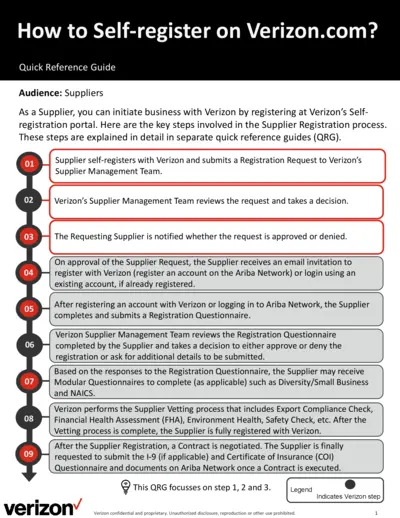
How to Self-register on Verizon.com - Quick Reference Guide
This file provides detailed instructions for suppliers on how to self-register on Verizon.com and submit a registration request. It outlines the steps involved in the supplier registration process, including submitting a registration questionnaire and undergoing a vetting process. The guide also explains how to complete necessary forms and provide required information.
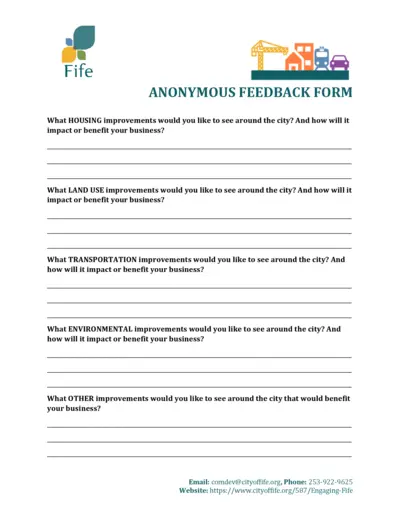
Anonymous Feedback Form for City of Fife Improvements
This form is designed to collect feedback from businesses about possible improvements in housing, land use, transportation, and the environment in the city of Fife. It aims to gather input on how these changes might impact or benefit businesses. The form provides a platform for businesses to share their suggestions for other improvements and includes contact information for further queries.
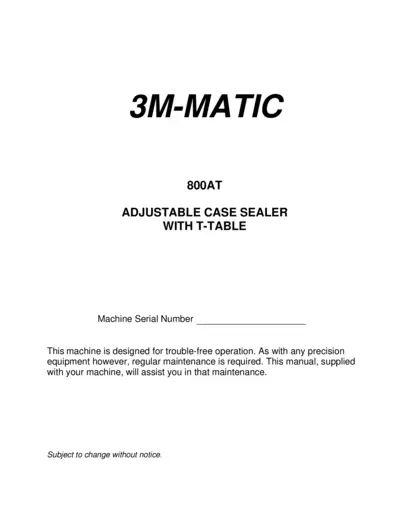
3M-Matic 800AT Adjustable Case Sealer Instructions
This file contains the instructions and parts list for the 3M-Matic 800AT Adjustable Case Sealer with AccuGlide II Taping Heads. It includes important safety information, spare parts recommendations, and details on machine operation. Consult this manual regularly for proper maintenance to ensure trouble-free operation.
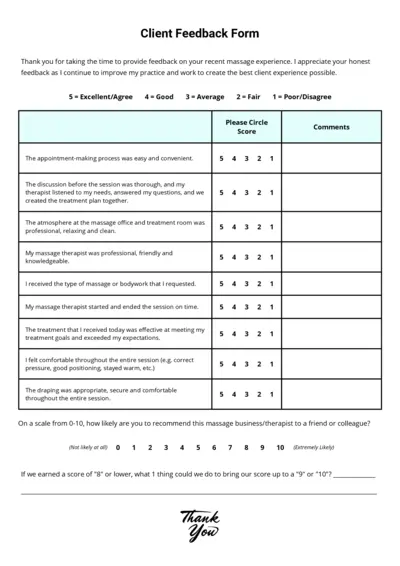
Client Feedback Form for Massage Experience - Easy to Use
This form is designed to gather feedback on your recent massage experience. It helps improve the overall client experience by addressing specific areas of service. Please provide honest feedback to help us serve you better.
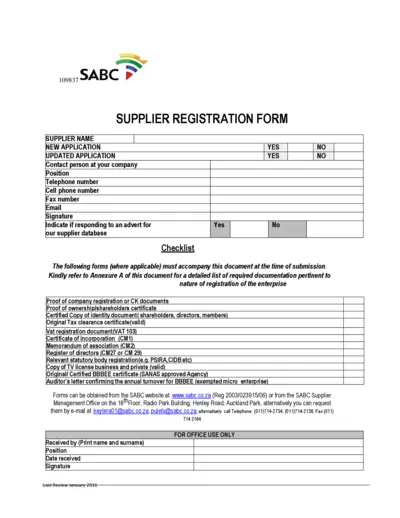
SABC Supplier Registration Form
This file is the official form for supplier registration with SABC. It includes sections for company details, director/ownership details, and required documentation. Use this form to apply or update your supplier registration.
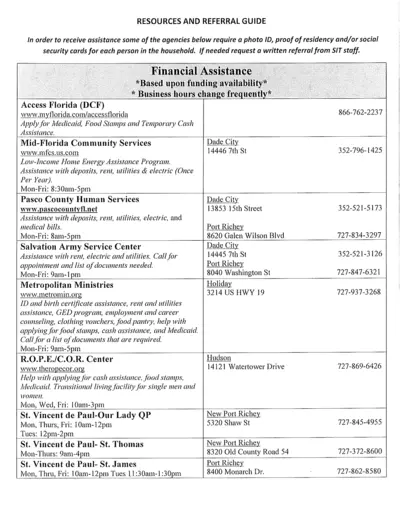
Resources and Referral Guide for Financial Assistance
The Resources and Referral Guide provides detailed information on various agencies offering financial assistance, including requirements and services provided. This guide includes details about programs for rent, utilities, food, clothing, medical bills, and more. Use this guide to find the right support for your needs.

Implement Total Productive Maintenance (TPM) in Manufacturing Industry
This file discusses the implementation of Total Productive Maintenance (TPM) to reduce machine breakdowns and improve productivity. It includes a literature review, case study, and analysis of the effectiveness of TPM. The focus is on autonomous maintenance, planned maintenance, and overall equipment effectiveness.
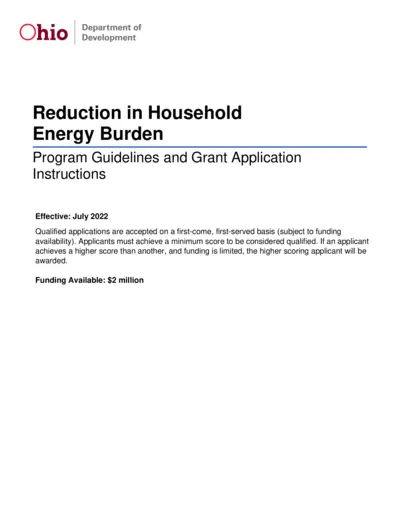
Ohio Development Reduction in Household Energy Burden
The Ohio Department of Development has allocated funds to reduce energy consumption for income-qualified customers. This document serves as a guideline and grant application instruction for eligible organizations to apply for this program. Funding is available on a first-come, first-serve basis.

Boyfriend Application Form
This Boyfriend Application Form is designed for individuals seeking to evaluate potential partners. It gathers personal information, relationship intentions, personality traits, interests, and lifestyle preferences. The form also includes communication style and other relevant details to help understand and assess compatibility.
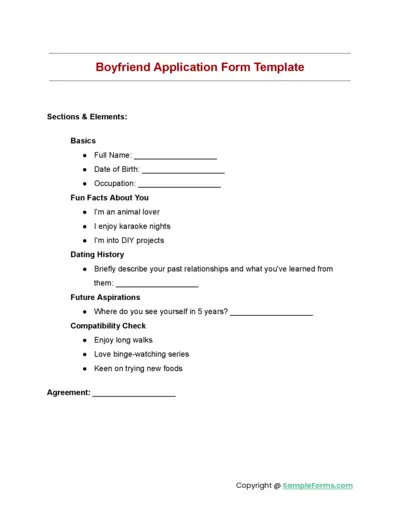
Boyfriend Application Form Template
The Boyfriend Application Form Template helps individuals detail their basic information, fun facts, dating history, future aspirations, and compatibility check. It is a comprehensive and engaging way to get to know potential partners better. The template also includes an agreement section.

Part Submission Warrant and Engineering Change Record
This file contains the Part Submission Warrant and related engineering change records for manufacturing organizations. It includes details on part identification, material reporting, and submission results. Essential for complying with Production Part Approval Process requirements.

Marriott Feedback Form - Share Your Thoughts
This file contains the Marriott Feedback Form for customers to share their thoughts. It provides clear instructions on how to submit feedback or complaints. Use this form to ensure your voice is heard effectively.